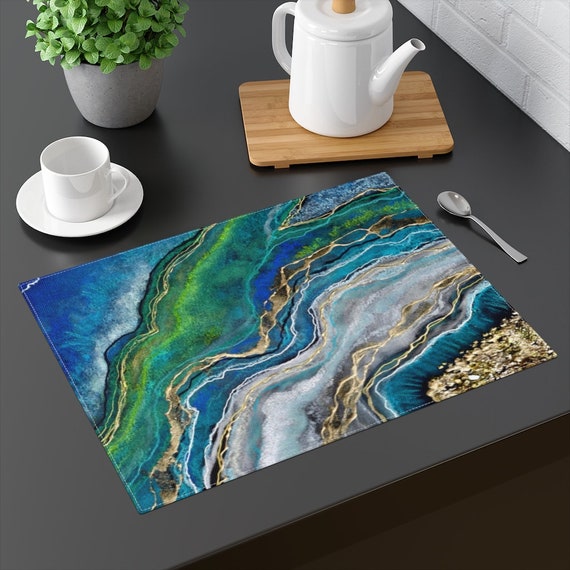The 8-Second Trick For Unique Art
The 8-Second Trick For Unique Art
Blog Article
The 6-Minute Rule for Unique Art
Table of ContentsThe Buzz on Unique ArtThe Basic Principles Of Unique Art Excitement About Unique ArtUnique Art for Beginners
While one might dispute which art kind holds precedence, the reality continues to be that each of these 7 kinds provides a special home window into human background, society, and advancement. They are the tapestries that chronicle our journey, reminding us of our past while motivating visions for the future.Fantastic artwork narrates, makes people look twice, and develops an one-of-a-kind experience that can not be matched. Art and images connect all of that via shade, form and other style elements. Discover just how to make your unique art work stand apart from the group.
To bring even a lot more dramatization, he expanded the paint. The contours, along with a spherical sconce, soften the sides. Frameworks vintage posters and maps of beloved locations set the scene.
8 TRIA GIOVANEqual parts grand and laidback, this foyer created by Anthony Baratta is the best blueprint to comply with if you're enhancing an official entrance that still feels unfussy and comfortable. Formed textiles take facility stage (see the carpetings and the sofa), however they also help bring the high ceilings to a human range when hung over wallpaper.
The Single Strategy To Use For Unique Art
18 Heidi Caillier DesignA gallery wall does not need to take up the whole room. Occasionally a little one can make a bigger design declaration. In this living-room, Hiedi Caillier selected micro-mini frames and an arbitrary structure. Advertisement - Continue Analysis Below19 Stephen Kent JohnsonDesigner Juan Carretero chose for a deep green paint color to comparison with the light wood coatings.
, the expression of concepts and emotions, with the production of specific visual high qualities, in a two-dimensional visual language. The components of this languageits shapes, lines, colours, tones, and texturesare made use of in various ways to generate sensations of quantity, room, motion, and light on a flat surface area. These components are integrated right into meaningful patterns in order to stand for real or superordinary phenomena, to translate a narrative theme, or to develop wholly abstract visual relationships.
Later the idea of the "great musician" created in Asia and Renaissance Europe. Noticeable painters were afforded the social condition of scholars and courtiers; they authorized their work, chose its layout and usually its subject and imagery, and established an extra personalif not constantly amicablerelationship with their patrons. During the 19th century painters in Western societies began to lose their social setting and safe patronage.
Unknown Facts About Unique Art
Others made a revenue via exploring exhibits of their work. The need to appeal to an industry had actually replaced the similar (if much less impersonal) demands of patronage, and its effect on the art itself was most likely similar. Typically, musicians in the 20th century could reach an audience only through commercial galleries and public museums, although their work may have been occasionally recreated in art periodicals
For a conversation of the imitation of jobs of art, see imitation. For a discussion of the function of paint and other arts in religion, in addition to of the use of read what he said religious signs in art, see spiritual meaning and iconography. For info on other arts connected to painting, see short articles such as attracting; folk art; printmaking. It is the sense of certainty in this official organization that gives a great paint its self-sufficiency and presence. The colours and positioning of the primary images in a layout may be sometimes largely chosen by representational and symbolic factors to consider. Yet it is the formal interaction of colours and forms that alone is qualified of interacting a certain mood, producing optical feelings of room, volume, motion, and light and producing pressures of both consistency and stress, also when a paint's narrative importance is unknown.
Do not replicate the design of various other musicians if you're searching for your style. Copying other individuals's artwork can be excellent in instructional objectives yet it will not make you closer to locating your own special design. Your artistic style has to be, what you like and what inspires you.

Indicators on Unique Art You Should Know
You require great site to attempt whole lots of various choices and discover everything before you can concentrate on one certain design or you'll be tired, or worse, you'll hate your own design. So I recommend you to try every topic that you're interested in, check out as long as you can. Attempt various tools that excite you and new strategies you have actually never attempted before.
With time you'll have the ability to sort all of them into your favored and the very least favorite groups. Try to concentrate your focus on the subjects and tools that you like and before you see it coming you'll have your very own personal and one-of-a-kind style, like no one else have! In the end you'll have a couple of preferred subjects to paint and perhaps a couple of favorite tools.

Report this page